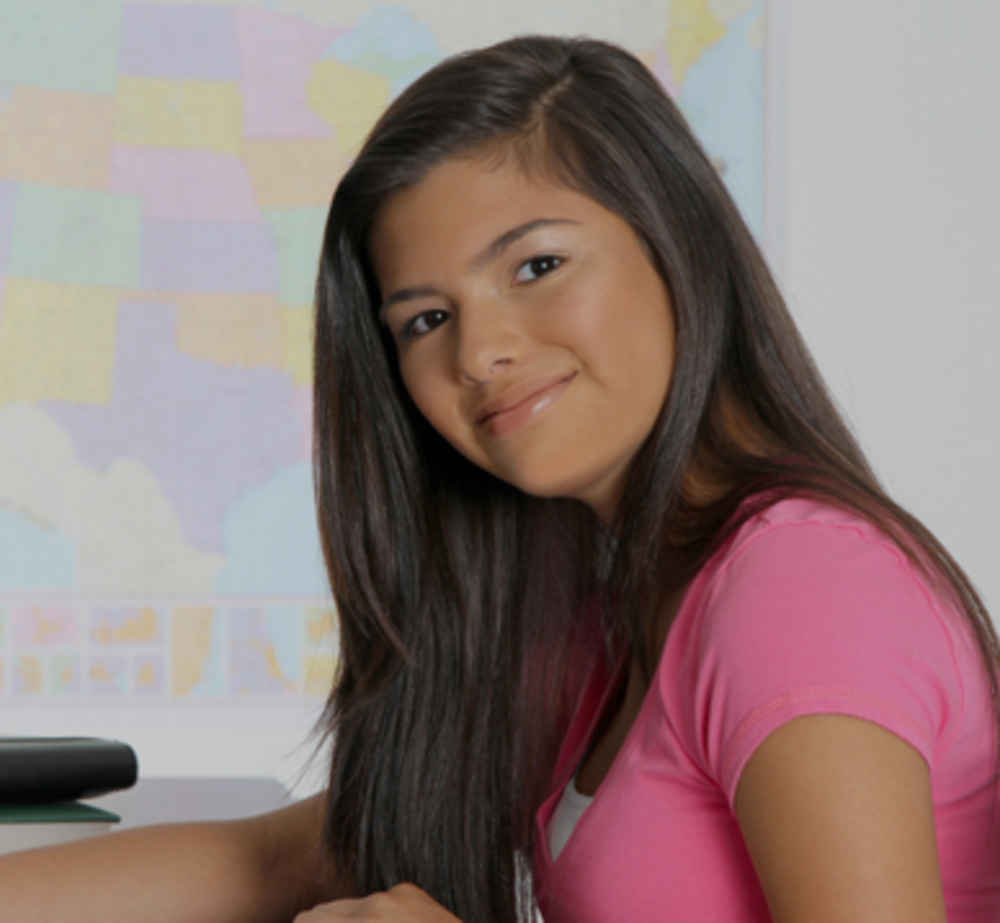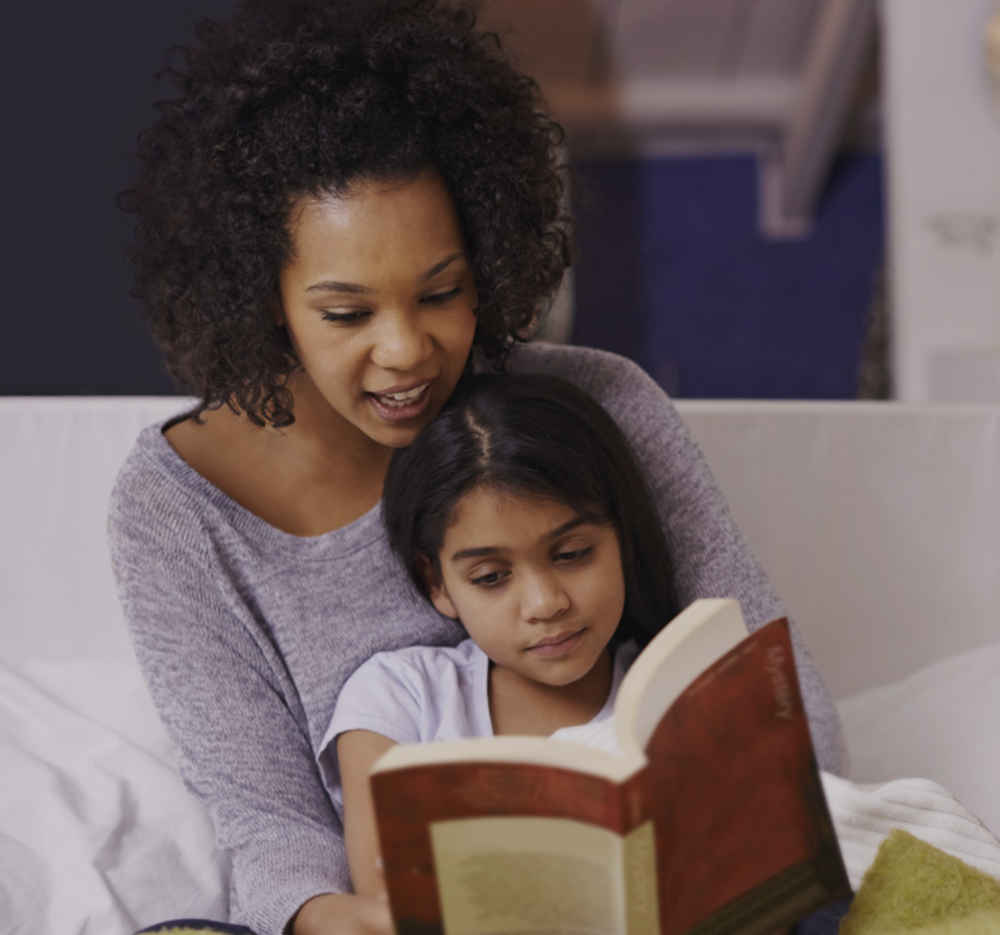410-721-2273
Toilet Training Your Child: The Basics
What is toilet training?
Your child is toilet trained when, without any reminders, he walks to the potty, pulls down his pants, urinates or passes a bowel movement (BM), and pulls up his pants. Some children will learn to control their bladders first. Others will start with bowel control. Both kinds of control can be worked on simultaneously. Bladder control through the night normally happens several years later than daytime control. The gradual type of toilet training discussed here can usually be completed in 1 to 3 months, if your child is ready.
How can I help my child get ready for toilet training?
Don't begin training until your child is clearly ready. Readiness doesn't just happen. It involves concepts and skills you can begin teaching your child at 18 months of age or earlier. All children can be made ready for toilet training by 3 years, most by 2 1/2 years, many by 2 years and some earlier. Ways to help a child become ready include the following:
18 months: Begin teaching about pee, poop and how the body works.
- Teach the vocabulary (pee, poop, potty, etc.).
- Clarify that everyone makes pee and poop.
- Point out when dogs or other animals are going pee or poop.
- Clarify the body's signals when you observe them: "Your body wants to make some pee or poop."
- Praise your child for passing poop in the diaper.
- Do not refer to poop as dirty or yucky stuff.
- Make changing diapers pleasant for the child so he will come to you.
- Change your child frequently so he will prefer dry diapers.
- Teach your child to come to a parent whenever he is wet or soiled.
21 months: Begin teaching about the potty and toilet.
- Teach what the toilet and potty chair are for ("the pee or poop goes in this special place"). Demonstrate by dumping poop from diapers into the toilet.
- Portray using the toilet and potty chair as a privilege.
- Have him observe toilet-trained children use the toilet or potty chair (having an older toilet-trained sibling can be very helpful).
- Buy a floor-level type potty chair. You want your child's feet to touch the floor when he sits on the potty. This provides leverage for pushing and a sense of security. He also can get on and off whenever he wants to. Take your child with you to buy the potty chair. Make it clear that this is your child's own special chair. Have your child help you put his name on it. Allow your child to decorate it or even paint it a different color.
- Have your child sit on the potty chair for fun. Have your child sit on it fully clothed until he is comfortable with using it as a chair. Have your child use it while eating snacks, playing games, or looking at books. Keep it in the room in which your child usually plays. Never start actual toilet training unless your child clearly has good feelings toward the potty chair. Help the child develop a sense of ownership ("my chair").
- Then, bring his potty chair in the bathroom and have him sit on it (bare-bottom) when you sit on the toilet. Don't allow diapers or pull-ups in the bathroom.
2 years: Begin using teaching aids.
- Read toilet learning books and watch toilet learning videos.
- Help your child pretend she's training a doll or stuffed animal on the potty chair.
- Present underwear as a privilege. Buy special underwear and keep it in a place where the child can see it.
How do I toilet train my child?
1. Encourage practice runs to the potty. A practice run (potty sit) is encouraging your child to walk to the potty and sit there with his diapers or pants off. Your child can then be told, "Try to go pee-pee in the potty." Only do practice runs when your child gives a signal that looks promising, such as a certain facial expression, grunting, holding the genital area, pulling at his pants, pacing, squatting, squirming, etc. Other good times are after naps, 2 hours without urinating, or 20 minutes after meals. Say encouragingly, "The poop or pee wants to come out. Let's use the potty." If your child is reluctant to sit on the potty, you may want to read him a story. If your child wants to get up after 1 minute of encouragement, let him get up. Never force your child to sit there. Never physically hold your child there. Even if your child seems to be enjoying it, end each session after 5 minutes unless something is happening. Initially, keep the potty chair in the room your child usually plays in. This easy access greatly increases the chances that he will use it without your asking him. Consider owning 2 potty chairs. During toilet training, children need to wear clothing that's conducive to using the potty. That means one layer, usually the diaper. Avoid shoes and pants. (In the wintertime, turning up the heat is helpful.) Another option (though less effective) is loose sweatpants with an elastic waistband. Avoid pants with zippers, buttons, snaps, or a belt.
2. Praise or reward your child for cooperation or any success. All cooperation with these practice sessions should be praised. For example, you might say, "You are sitting on the potty just like Mommy," or "You're trying real hard to go pee-pee in the potty." If your child urinates into the potty, he can be rewarded with treats such as animal cookies or stickers, as well as praise and hugs. Although a sense of accomplishment is enough for some children, many need treats to stay focused. Big rewards (such as going to the toy store) should be reserved for when your child walks over to the potty on his own and uses it or asks to go there with you and then uses it. Once your child uses the potty by himself two or more times, you can stop the practice runs. For the following week, continue to praise your child frequently for using the potty. Practice runs and reminders should not be necessary for more than 1 or 2 months.
3. Change your child after accidents. Change your child as soon as it's convenient, but respond sympathetically. Say something like, "You wanted to go pee-pee in the potty, but you went pee-pee in your pants. I know that makes you sad. You like to be dry. You'll get better at this." If you feel a need to be critical, keep it to mild verbal disapproval and use it rarely (for example, "Big boys don't go pee-pee in their pants," or mention the name of another child whom he likes and who is trained). Then change your child into a dry diaper or training pants in as pleasant and nonangry a way as possible. Avoid physical punishment, yelling, or scolding. Pressure or force can make a child completely uncooperative.
4. Introduce underpants after your child starts using the potty. Regular underwear can spark motivation. Switch from diapers to underpants after your child is cooperative about sitting on the potty chair and passes urine into the toilet spontaneously 10 or more times. Take your child with you to buy the underwear and make it a reward for his success. Buy loose-fitting ones that he can easily lower and pull up by himself. Once you start using underpants, use diapers only for naps, bedtime and travel outside the home.
5. Plan a bare bottom weekend. If your child is older than 30 months and has successfully used the potty a few times with your help and clearly understands the process, commit 6 hours or a weekend exclusively to toilet training. This can usually lead to a breakthrough. Avoid interruptions or distractions during this time. Younger siblings must spend the day elsewhere. Turn off the TV and do not answer the phone. Success requires monitoring your child during these hours of training.
The bare bottom technique means not wearing any diapers, pull-ups, underwear or any clothing below the waist. This causes most children to become acutely aware of their body's plumbing. Children innately dislike pee or poop running down their legs. You and your child should stay in the vicinity of the potty chair. This can be in the kitchen or other room without a carpet. A gate may help your child stay on task. During bare bottom times, supervise your child but refrain from all practice runs and most reminders, allowing the child to learn by trial and error with your support.
Create a frequent need to urinate by offering your child lots of her favorite fluids. Have just enough toys and books handy to keep your child playing near the potty chair. Keep the process upbeat with hugs, smiles and good cheer. You are your child's coach and ally.
What if toilet training isn't working?
There are some children who are resistant to toilet training. Your child is considered resistant if after trying to toilet train your child using the method described above:
- Your child is over 2 1/2 years old and has a negative attitude about toilet training.
- Your child is over 3 years old and not daytime toilet trained.
- Your child won't sit on the potty or toilet.
- Your child holds back bowel movements.
- The approach described here isn't working after 6 months.
If your child is resistant to toilet training, ask your healthcare provider for ideas and information about toilet training resistance.
Written by B.D. Schmitt, MD, author of "Your Child's Health," Bantam Books.
This content is reviewed periodically and is subject to change as new health information becomes available. The information is intended to inform and educate and is not a replacement for medical evaluation, advice, diagnosis or treatment by a healthcare professional.
You May Also Like
Popular Resources | Make an Appointment • Locations • Refill Prescriptions





